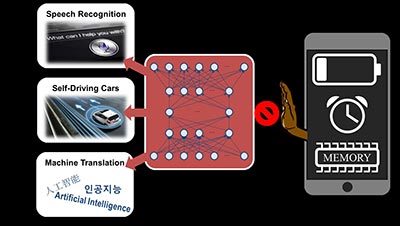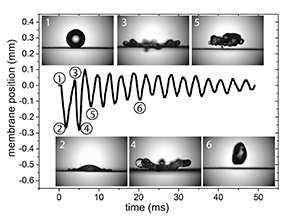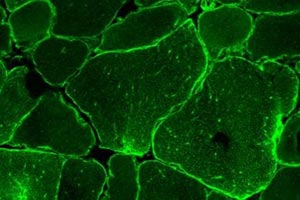Minje Kim - Artificial Intelligence
"Bitwise Neural Networks"

Bitwise Neural Networks (BNN) is a novel efficient neural network where all the input, hidden, and output nodes are all binaries (+1 and -1), and so are all the weights and bias. It is apparent that this kind of network is spatially and computationally efficient in implementations since (a) we represent a real-valued sample or parameter with a bit (b) the multiplication and addition between the real numbers correspond to bitwise XNOR and bit-counting, respectively. Therefore, a BNN can be used to implement a deep learning system on resource-constrained devices, so that we can deploy a deep learning system on small devices without worrying too much about using up the power, memory, CPU clocks, etc. In this work we are based on a straightforward extension of back propagation to learn those bitwise network parameters. In the hand-written digit recognition experiments, the proposed BNN performs almost as good as its corresponding comprehensive networks with the same network structures.
Patty Weisensee - 3D Micro- and Nanosystems
"Droplet Interactions with Micro and Nanostructured Surfaces for Advanced Heat Transfer Applications"

Micro and nanostructured surfaces have the ability to repel water almost perfectly. This phenomenon, known as superhydrophobicity, has been used by nature for millions of years (for example the Lotus leaf), and has only recently found its way into science and technology with advanced methods in microfabrication. Superhydrophobicity has originally been studied for non-wetting and self-cleaning purposes. Lately, superhydrophobic surfaces have also emerged in the area of heat transfer. In this talk I will show new results on condensation heat transfer on superhydrophobic surfaces. Due to its high surface tension, water droplets form nearly perfect spheres and have thus very low adhesion to the surface. As a result, the droplets shed easily at diameters on the order of 100-200 µm, rapidly cleaning the nucleation sites for further condensation. In single phase heat transfer, for example in spray cooling, the contact time of the droplet with the substrate determines the overall heat transfer rate. I will demonstrate that the contact time of an impacting droplet on a flexible substrate can be up to a factor of 2 lower than on a rigid superhydrophobic surface, which can lead to an increase in the overall heat transfer rate.
Ziad Mahmassani - Bioimaging Science and Technology
"Overexpression of the α7β1 integrin in murine skeletal muscle modulates genes associated with stress and protein folding: a microarray analysis"

Strength training is a potent stimulus for muscle growth, yet the mechanistic basis for this event is currently lacking. Elucidation of the molecular and cellular events that promote growth are essential for developing novel interventions to rejuvenate aged and diseased skeletal muscle. We have previously demonstrated that the α7 integrin subunit, a transmembrane protein localized to the sarcolemma is a critical regulator of hypertrophic signaling events that can influence gene expression in skeletal muscle. Thus, the purpose of the current study was to evaluate the influence of the α7 integrin on global gene expression in muscle using transgenic mice that overexpress the α7 integrin (MCK:α7Tg). The results from gene expression profiling provided interesting insights regarding the mechanistic basis by which the α7 integrin can regulate growth, including regulation of the unfolded protein response.